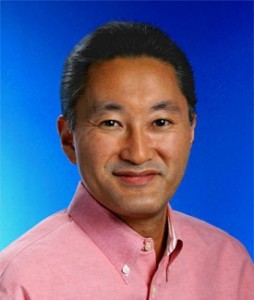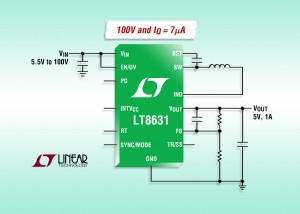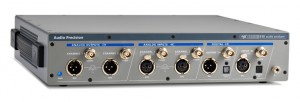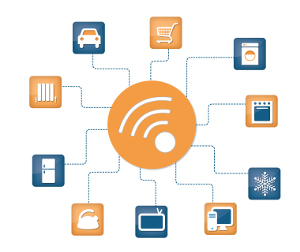
Kaz Hiimagerai, CEO of Sony
Kaz Hirai, CEO of Sony, has just given the following interview to CNBC:
CNBC: A number of new products launched today, what are you most excited about?
“We are really excited about a range of products that we highlighted today. We are talking about the new Xperia Z5 smart phones, series there, including the first 4K smart phone – the world’s fastest auto focus for example – we are also talking about some additions to our digital imaging products and a great range of high extended range dynamic range televisions as well. So a lot of great products here at IFA.”
CNBC: The Sony smart phone have always measured up well in specs according to the critics, but they have struggled to get market share in the top ten and you’ve struggled to maximise returns on the hardware – how are these products any different?
“I think that we strive to make sure we that we bring to the market Smart phones that are uniquely Sony, so incorporating lots of the Sony assets and technologies we have – and it really then becomes a challenge for us to make sure we get the marketing message out to all the customers in Japan and elsewhere around the world. To see and have the customers really understand the difference that we bring to the table with our smartphones.”
CNBC: When you made the comments that Sony would no longer peruse sales growth in areas, such as smart phones, some people took that to mean a potential exit from the smart phone market. Is that what you meant?
“No, we actually meant that we need to be a bit smarter about how we arrange our portfolio of products and that in some instances, it’s all about making sure we have a profitable business, as opposed to just gaining market share at all costs.”
CNBC: Some people say you should take the fight to Apples door – will you do that with this range?
“Actually, what we’ve done with the Xperia Z5, and all of our flagship models in the past, is that we’ve always been shooting towards to mid to higher range of the market – where, because we believe our products can command a premium in the market.”
CNBC: There was no reference today to Sony Pictures and the recent numbers, we saw a 12 per cent sales slump and operating losses posted, is this a hangover from the cyber-attack last year, and what can you do to try and arrest the slide?
“I think this is not really something that is attributable to the cyber-attack per se, it’s really just a product line up or portfolio pipeline issue, and one of the things that we’ve done recently is we’ve brought in a new management in the Sony Pictures studio to make sure that we have a fresh pair of eyes to take a look at the studio operations going forward, both creatively and also from a business perspective as well, and that’s in Tom Rothman that we’ve brought on board.”
CNBC: Are you confident that a hack of a similar size couldn’t happen again?
“We beef up security every time obviously, we look at this all the time, there’s nothing that’s perfect in that space, but we try to do everything that’s possible to make sure that, you know, our information and all of the assets that we have are well protected.”
CNBC: Just finally, I wanted to ask you about the overall strategy because you are half way through this turn around. Is Sony still going to be a very strong consumer products brand or do you see it going down the path of being innovative solutions?
“We pride ourselves in the fact that we have some very strong businesses that are in the B2B space, namely Image Sensors for example, but at the same time we believe that we can continue to make innovations and also make differentiator products that really provide not just creative input, but also a lot of emotional value to our customers in the electronic space as well, so we’re committed to being in the B2B space but also the consumer electronic space as well.”
david manners
 Burst mode operation is used to keep quiescent current under 7µA in no-load standby conditions.
Burst mode operation is used to keep quiescent current under 7µA in no-load standby conditions.



